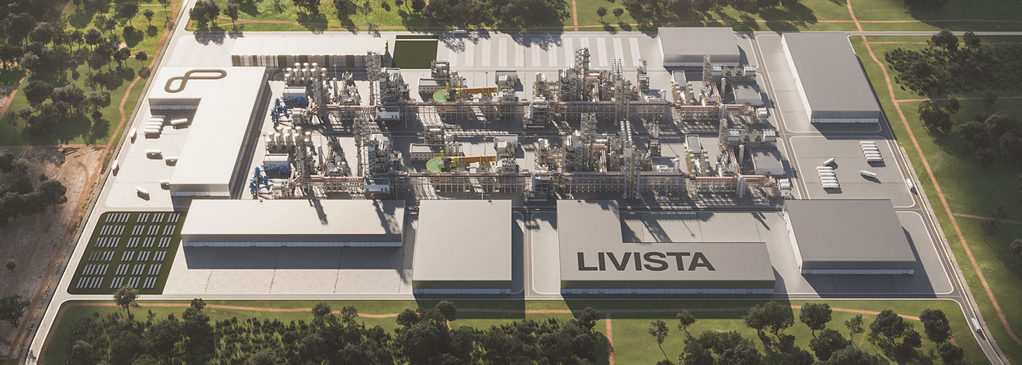Livista Energy Europe’s new lithium chemical plant, which is forecast to start output in 2026, is expected to initially produce 40,000 tonnes per year of battery-grade lithium products, or 30,000 tonnes of lithium hydroxide and 10,000 tonnes of lithium carbonate equivalent (LCE) annually.
This is enough to supply the battery needs of around 850,000 electric vehicles (EV), with the potential to double production capacity to meet growing EV demand and requirements for high-grade, locally refined lithium chemicals, according to Livista.
The company said the recycled feedstock will be key to reducing the plant’s environmental impact while ramping up Europe’s energy independence and security. Many automotive original equipment manufacturers (OEMs) are focusing on securing recycled content material with a lower carbon footprint in a bid to meet net-zero emissions targets.
Black mass – the powdery residue made of lithium, nickel, cobalt and other raw materials that forms when lithium-ion batteries are dismantled and shredded – can be recovered and reused. Fastmarkets recently launched weekly payable indicators for black mass in South Korea.
In addition, the Livista refinery will accept spodumene, crude lithium carbonate and lithium sulphate, direct from mines.
Engineering and technology firm Technip Energies has been selected to deliver the front-end engineering and design (FEED) as well as the detailed feasibility study for the refinery, including early works for an expansion to double its capacity. Technip will also perform a pre-FEED for a second plant, based on the design of the first plant in a move to boost efficiencies and lower overall costs, Livista added.
The development of Livista’s lithium chemicals refinery in Europe comes with the region’s move to comply with the requirements of the Critical Raw Material Act, which mandates that all batteries produced in Europe contain a minimum percentage of lithium battery grade product produced locally by 2030.
Outside of Asia, the choke point in the battery supply chain is at the mid-tier processing level. Although more processing supply is planned and mining companies have moved further down the supply chain, the midstream value chain that converts raw materials into lithium chemicals still remains under significant pressure.
According to Livista, Europe’s demand for lithium chemicals is expected to reach 400,000 tonnes per year by 2030.
Tags: Emissions, Lithium-ion, Livista, Refinery

Recent Posts
Fossil fuel capacity grows 2.44% in FY24
COSCO launches fully-electric 10,000 ton container ship service
Bergen Engines to power world’s largest hydrogen ferries
GCMD announces appointment of 2 key positions
Marathon refinery aims for 100% production capacity
Japan energy policies for increased zero-carbon power generation
Chapman Freeborn OBC to reduce carbon emissions
OTG develops programme on ammonia fuel safety